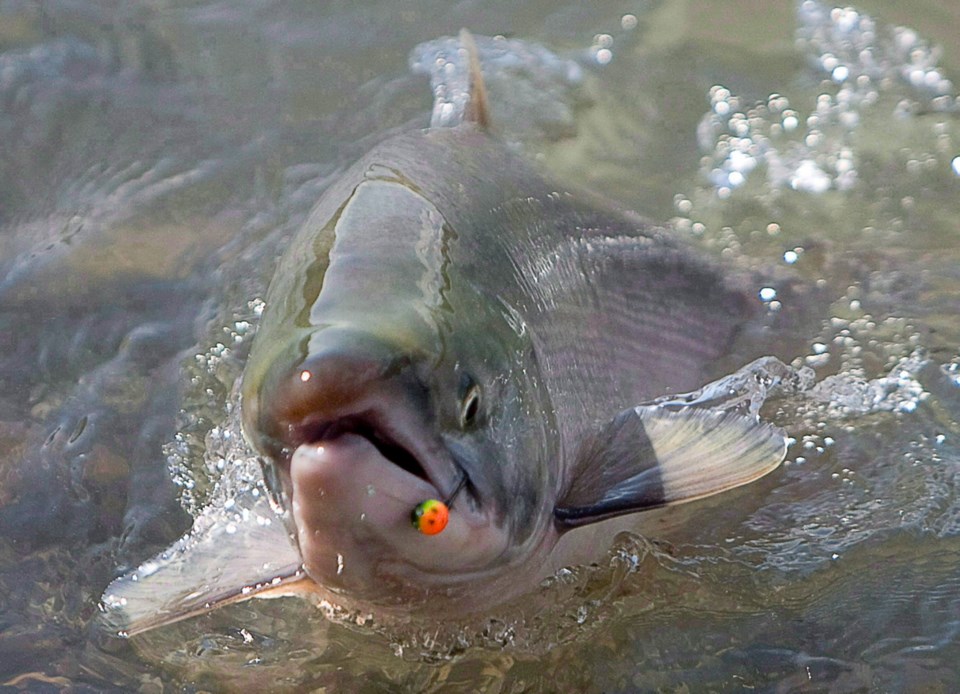The federal government puts wild salmon stocks and research at risk by not releasing important data about fish farms along the B.C. coast, says a report by the Environmental Law Centre at the University of Victoria.
The report takes issue with the lack of information available to researchers and the public about when and where disease outbreaks occur on salmon farms. Currently, when there is a disease outbreak at an aquatic animal facility — such as a fish farm — it must be reported to the Canadian Food Inspection Agency.
However, the federal agency only makes some of that information available to the public. For example, on March 26 a fatal virus called hemorrhagic septicemia was reported in Atlantic salmon somewhere in B.C. with no further details.
“The basic issue is that government fails to disclose exactly where diseases have broken out, and only releases such extremely generalized information when it’s too late to be useful. This needs to change,” states the report.
There are hundreds of fish farms in B.C. Dozens pepper the coastal areas of Vancouver Island. According to Fisheries and Oceans Canada, farmed Atlantic salmon is the country’s top seafood export. Production has increased fourfold in the past 20 years and B.C. accounts for half of it.
“Detailed information about outbreaks should be public, especially for scientists trying to find solutions,” said Calvin Sandborn, supervising legal director.
The report was prepared by law student Sam Harrison on behalf of the Wuikinuxv Nation on the northwest coast. They wanted to look at the effects of salmon farms in traditional fishing territories.
Sandborn said the most shocking thing about the report is how Canada’s laws compare to other countries. He noted Norwegian fish farm owners in B.C. face fewer reporting regulations here than in their own country.
“Canada used to be seen as a leader in environmental protection law, now we’re the laggards,” he said.
David Lane, executive director of the T. Buck Suzuki environmental foundation, said the report should be a wake-up call to the federal government.
“We have wild salmon to protect in this province and we have to know what’s going on to inform policy and respond to potential dangers,” he said, noting the costly near-collapse of the Chilean salmon farm industry in 2007 after disease spread.
He also cited the 2012, $26-million report by Justice Bruce Cohen on the disappearance of the Fraser River sockeye. Cohen called for a relocation of fish farms along wild salmon migration routes, such as in and around the Discovery Islands, and warned that “devastating disease could sweep through the wild populations, killing large numbers of wild fish without scientists being aware of it.”
Both Lane and Sandborn said that public pressure led to better regulations and reporting on sea lice at fish farms and they hope to see the same for disease outbreaks.
The Canadian Food Inspection Agency said Canada follows international guidelines set by the World Organization for Animal Health on reporting of animal diseases.
“The Government of Canada is committed to protecting human and animal health, and providing the public, stakeholders and trading partners with up-to-date information on reportable disease detections in Canadian livestock and aquatic animals,” said spokeswoman Lisa Murphy.
The agency said providing more details would result in the release of information considered confidential and covered under the Privacy Act.



